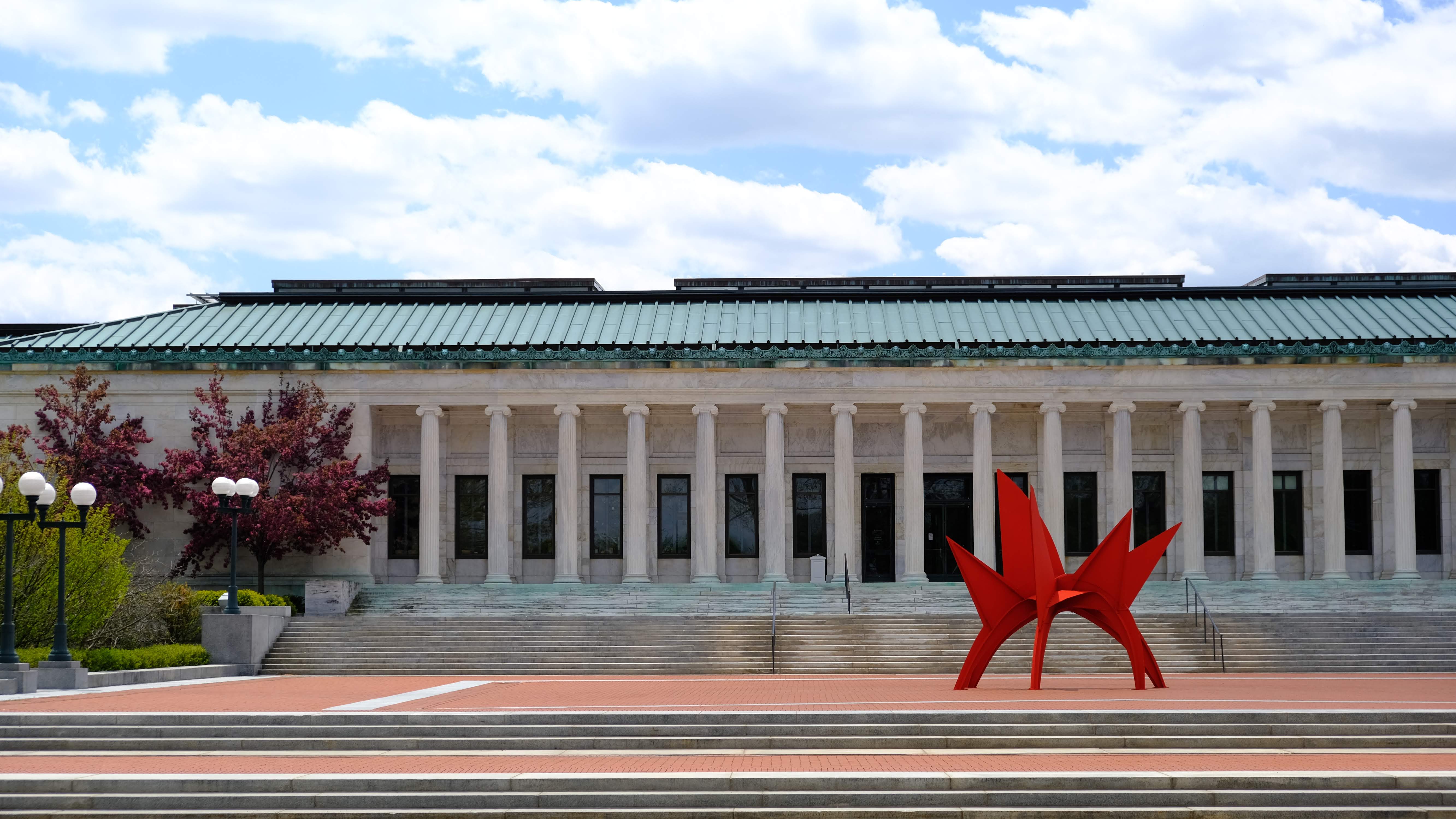
Protesters gathered outside of the Toledo Museum of Art yesterday in response to a divisive letter issued by the institution’s director, Adam Levine, in the wake of the killing of George Floyd.
In the letter, which was sent to internal staff on June 1 before being shared publicly, Levine denounced rioting and looting and declared that the museum “does not have a political stance.”
“We exist to provide access to the highest quality works of art from across time and space to anyone, regardless of their beliefs or their appearance,” wrote the director, who stepped into his role just last month. “These are not empty words; this nonpartisan and disinterested approach is baked into our institutional DNA.”
Critics on social media took the museum to task for not taking a harder line against police brutality and racial injustice.
“This is not a neutral stance,” wrote one commenter in response to the museum’s message on Facebook. “To directly condemn looting and rioters and then go on to ramble about museums, academia, and neutrality is in fact taking a stance and infers that the status quo (which is built on institutional racism) is neutral. I expect better from the leadership of an art museum.”
Adam M. Levine, the director, president, and CEO of the Toledo Museum of Art. Image courtesy of the Toledo Museum of Art.
Following the backlash, Levine issued a follow-up statement on June 5 laying out a series of initiatives the museum will undertake in the coming months, including unconscious bias training for staff; an appraisal of its exhibitions to ensure diverse programming; and a formal diversity, equity, accessibility, and inclusion plan. He also announced that the museum would hang a banner featuring a work of art by Alison Saar on its facade.
But the response did little to placate activists. “Some people think that we are doing this because we have some kind vendetta with the museum,” Paul Verdell, a Toledo-based artist who organized Tuesday’s protest, told Artnet News. “It’s the exact opposite. We love the TMA, and want to see it do better. Museums are institutions of change and we want to see the Toledo Museum of Art lead the charge.”
“The surrounding community where the TMA is placed is largely black,” the artist continued, “and we want them to recognize that and stand up to injustice.” Verdell added that he and the institution have been in touch and are “working on opening a dialogue between the community surrounding the museum.”
Levine apologized to the protesters on Tuesday and issued a formal statement—his third in nine days.
“There are two things that I want to say clearly,” it began. “Number one—at the Toledo Museum of Art, Black Lives Matter. Violence and oppression of black and brown bodies is reprehensible. Number two—museums are not neutral.”
The museum declined to comment further.
UPDATE, June 11: This article now includes a comment from Paul Verdell.